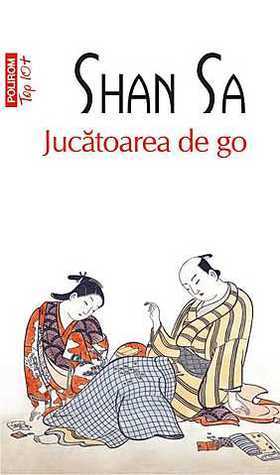What do you think?
Rate this book


280 pages, Mass Market Paperback
First published January 1, 2001
The chequered board is a violent sea with white and black waves chasing and crashing into each other. Towards the four shores they draw back, spin around and head for the skies. But where they mingle, they clash and come together in a fierce embrace.
The windows with their shattered panes are dark as the mouths of animal lairs.
Her mouth opens with all the irresistible power of a grenade exploding.
Inequality continues beyond the grave.